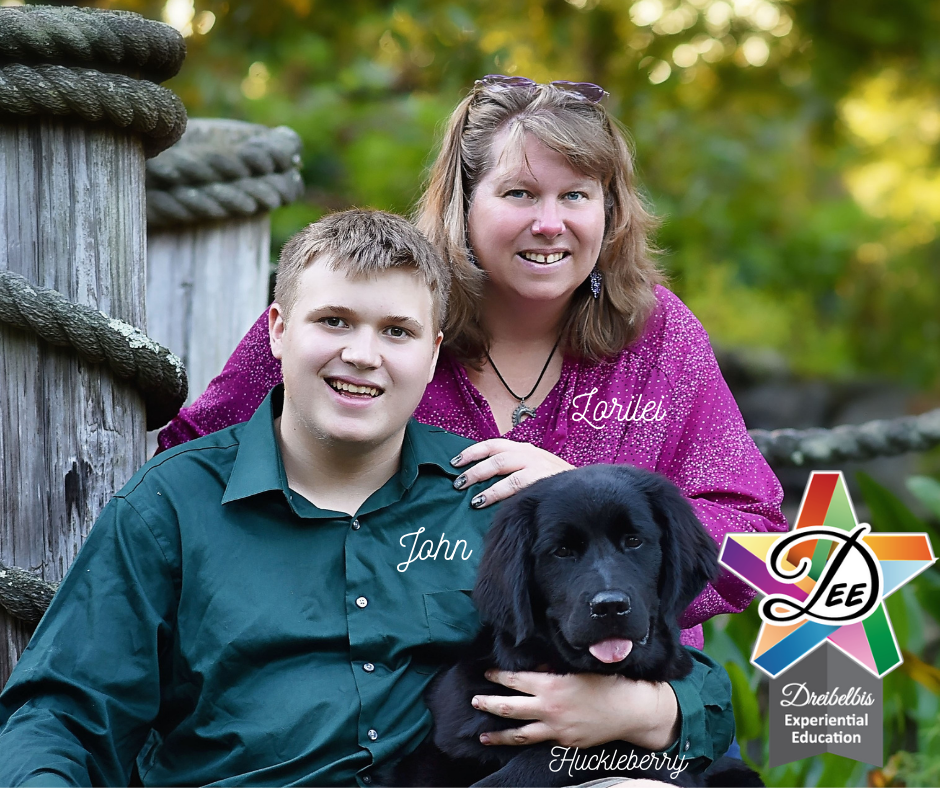Tonight I joined my children at a bonfire with their youth group, and realized it’s been longer than it should have been since I have been to a campfire. I was reminded of an old Girl Scout song, that I sang to a campfire when I was 12. “You will find more meaning in a campfire’s glow than you’ll ever learn in a year or so.” [Experiential learning at it’s finest – song & action.] The meaning I found then in the campfire was my commitment to live by the Girl Scout Promise everyday of my life – to try to help people at all times.
Tonight, as I tended the fire alone, I opened my heart to what the campfire had to say to me now. I was reminded that the hottest part of the fire is the coals – not the flames, and that the element of Spirit is so often depicted as flame. Flamboyant flames jump & leap, constantly changing shape, licking the logs – this is just the edge of the Holy Spirit- nebulous and hard to capture. We see its effects, but struggle to hold its form. Like when you are beginning to build your faith, and you struggle to see God in the world around you…
The coals are another matter. They never lose the glow of hope, the promise that when stirred, the flames will rise to meet the world. This is the constant heat, that bakes bread, and warms hearths, that takes active intention to quench. It so fills its fuel that the shape of the fire is indistinguishable from the shape of its vessel. Here, in the glowing coals, the Holy Spirit lingers and transforms. Like as our faith matures, we are ready to ignite Divine Will and Divine Action, and we find God inside us…
There are no coals without flames, and no sustainable flames without coals. We need community to both see the Holy Spirit and sustain it.
When we are consumed with our faith, fully embodying our holiness, we glow with unmistakable light. I hope you find God both within and without.


